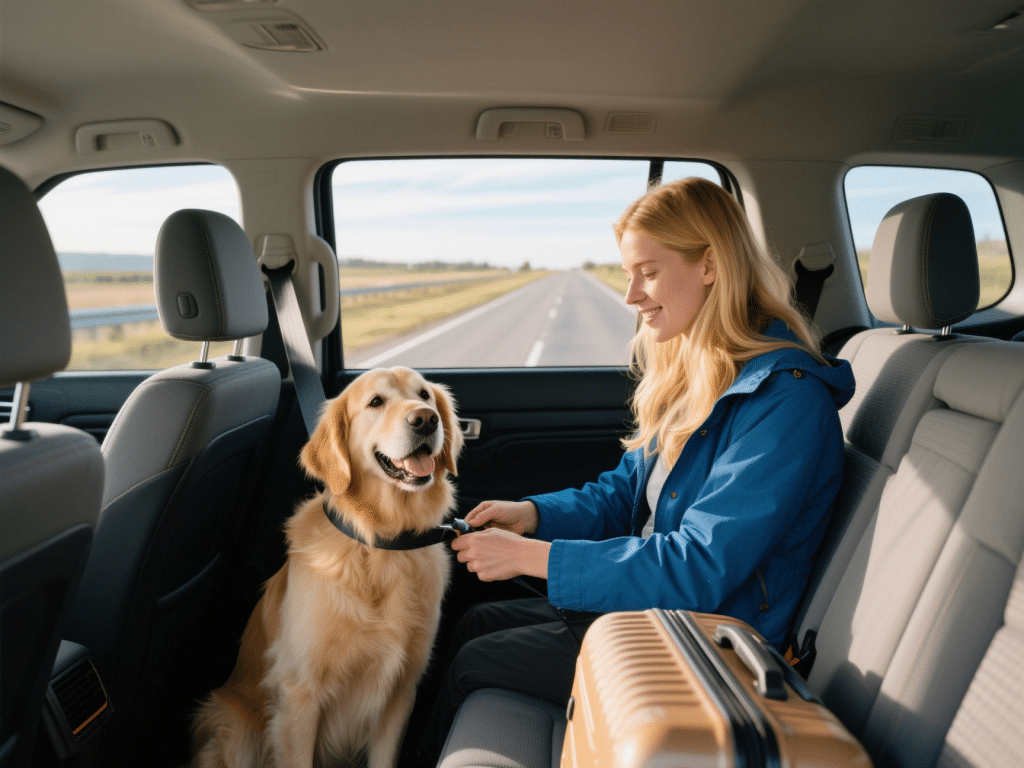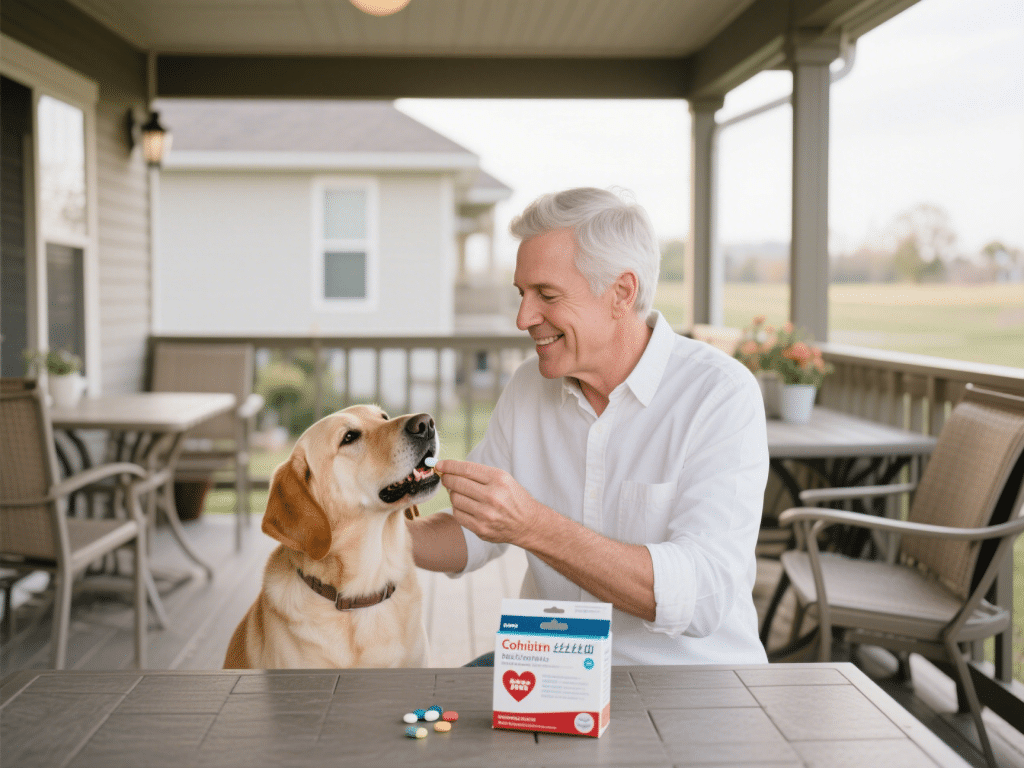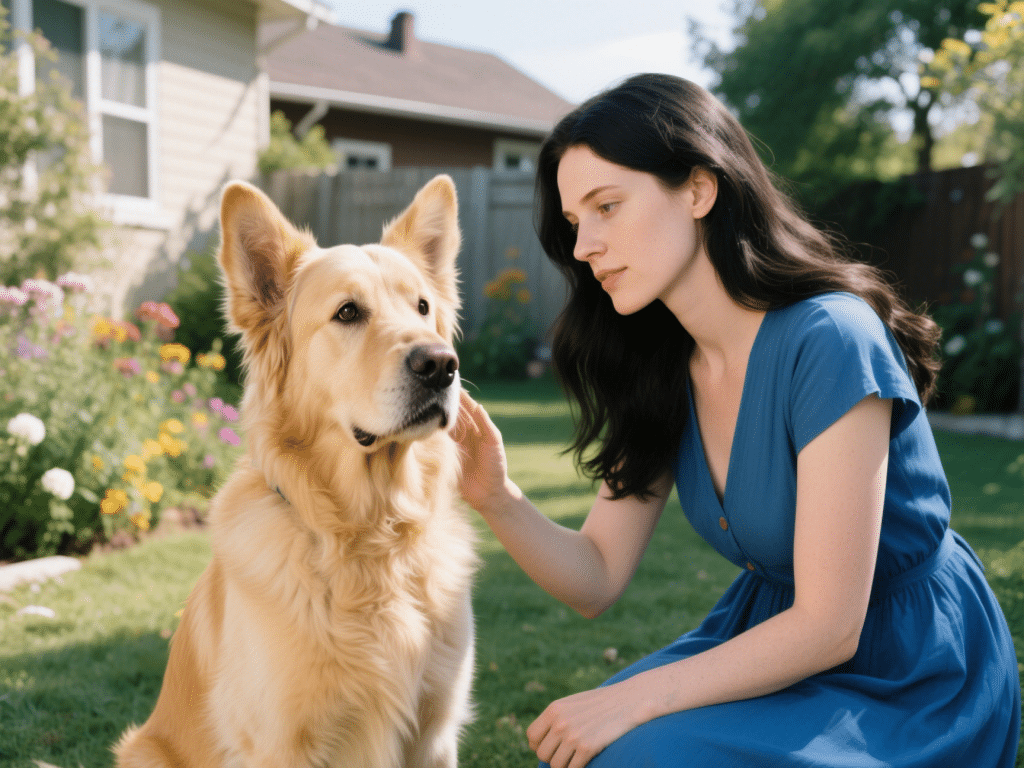Safe Dog Travel Tips: How to Prepare Your Dog for Trips
Traveling with your dog can be rewarding but requires careful planning for safety and comfort. Follow this comprehensive guide to ensure smooth journeys for you and your furry companion.
I. Pre-Trip Preparation
Veterinary Check-Up: Schedule a visit 1-2 weeks before departure. Update core vaccines (Rabies, DHPP), discuss parasite prevention (fleas/ticks/heartworm), and obtain a health certificate if required by airlines or destinations. Address anxiety concerns.
ID & Documentation: Ensure microchip details are current. Use a durable collar tag with your mobile number and destination contact. Carry rabies certificate and recent pet photo.
Acclimate Your Dog: For crate travel, reintroduce the crate positively weeks in advance. For harnesses, practice short rides. Gradually increase travel duration.
II. Choosing the Right Transport Method
| Method | Safety Essentials | Best For |
|---|---|---|
| Car | Crash-tested harness (e.g., Kurgo) or secured carrier anchored with seatbelt. Never front seat. | Road trips, frequent stops |
| Airplane | IATA-compliant hard-sided carrier. Book direct flights. Avoid cargo hold in extreme temperatures. | Necessary long distances |
| Train/Bus | Verify pet policies. Use secure carrier meeting size regulations. | Shorter public transport routes |
III. Packing Essentials
Food & Water: Bring ample regular food + 25% extra. Pack bottled/filtered water to prevent stomach upset. Use collapsible bowls.
Safety Gear: First-aid kit (vet wrap, antiseptic, tweezers), paw balm, cooling mat, LED collar for night visibility.
Comfort Items: Familiar blanket, durable chew toys, waste bags, enzyme cleaner.
Medications: Extra supply + vet prescription copies.
IV. During the Journey
Temperature Control: Never leave dogs unattended in vehicles. Temperatures soar dangerously within minutes. Use sunshades and maintain AC.
Rest Stops: Stop every 2-3 hours for 15-minute breaks. Offer water and allow toileting on leash. Always clean up waste.
Anxiety Management: Use pheromone sprays (Adaptil) in carriers. Play calming music. Avoid feeding a large meal < 3 hours before travel.
Secure Containment: Confirm harness/crate security at each stop. Ensure windows are only partially open.
V. Destination Safety
New Environment: Leash-walk initially for orientation. Scout for hazards (toxic plants, uncovered pools, wildlife).
Routine Maintenance: Maintain regular feeding/walking schedules where possible. Provide a quiet “safe space” (crate/blanket).
Local Info: Save address/contact of nearest 24-hour veterinary clinic.
VI. Emergency Preparedness
Program emergency vet numbers into your phone.
Carry a pet first-aid guide.
Know basic signs of distress: excessive drooling, vomiting, trembling, lethargy.
Conclusion: Proactive preparation transforms dog travel from stressful to enjoyable. Prioritizing acclimation, secure restraint, and contingency planning ensures every trip strengthens the bond with your canine adventurer. Always consult your vet for personalized advice.










Comments on "Safe Dog Travel Tips: How to Prepare Your Dog for Trips" :